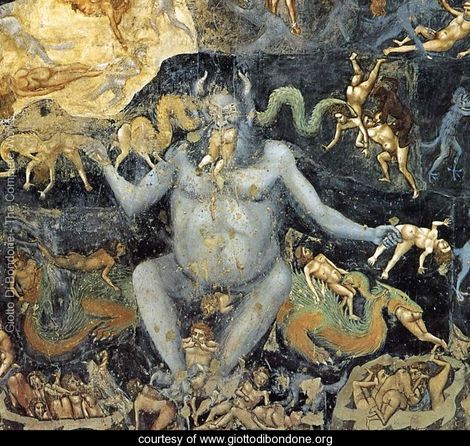It is said that a principal tenet of abstract art is that it is open to interpretation. There is also a generalisation made that abstract art does not contain recognisable objects. This can also be true, but not in every case. Lack of recognisable objects, in their normal, recognisable form, can often be the case also with surreal art.
The truth is that, very often, the genres in art (that is, the categories – the word stemming from the Latin, ‘genus’) overlap, in some works a little, but in other works substantially so. I use the term “genre” in the sense of a particular ‘style’ of art. However, ”genre” can also refer to one, particular style of painting, which depicts scenes from ordinary life, typically domestic situations. Works made in this style were originally associated more particularly with 17th-century Dutch and Flemish artists.
When one speaks about the beginnings of art, one has probably to go back to prehistoric man, and the rock paintings of the cavemen of that time. But one can still speak of a beginning of art millennia later.
At that point, subject and style in the beginnings of art was, so to say, two pronged; and much has been written on the subject. Mostly the division was between Western, essentially European, and near European, art and the other parts of the world. Western art at that time was almost exclusively religious – and the strict principles and rules governing this were developed within a very narrow convention.

But the centuries moved on, and artists sought to break out of the convention. The first, well known of these were Cimabue and his apprentice Giotto, who lived in the pre-renaissance period (1270-1337), and who went on to paint the fresco in the Arena Chapel in Padua. His works were of broader subject matter, and rather more creative. It took another couple of hundred years or so, but in the year 1550, in a book describing the lives of famous painters, Giotto was called “the father of painting”.
From there on, painting, and art in general, bloomed out into various new genres, various of those being developed from what had gone before, but also blending with or overlapping other developing styles.
What has all that to do with abstract art, and my art in particular? I will have to come to that, when I next pursue this theme.